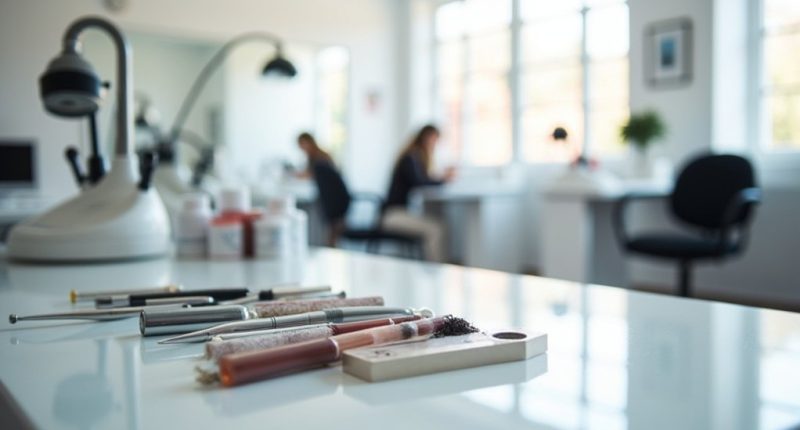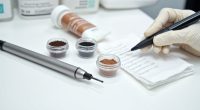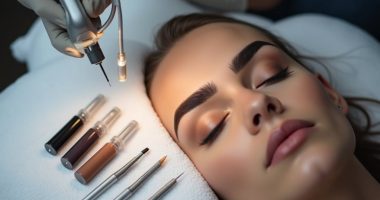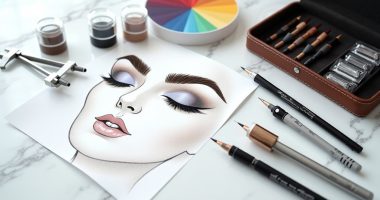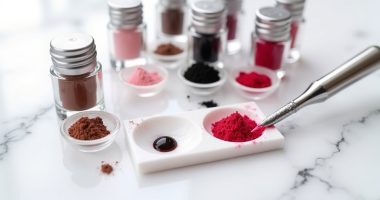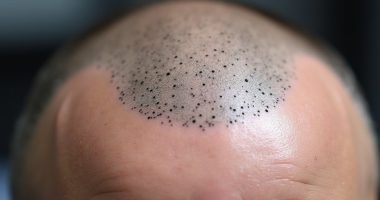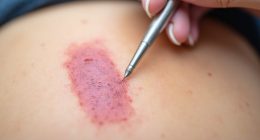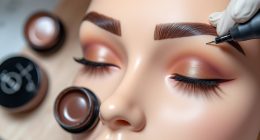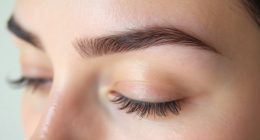Permanent makeup courses aren't cheap—costing $4,000 to $6,000—but the returns can be impressive. Artists earn nearly $61,000 annually on average, with top performers hitting $80,000+. Most graduates recoup their investment within a year. The field is growing at 13% through 2026, with high demand for microblading and lip blushing. Training requires dedication: 3-7 days for basics, plus 100+ practice hours. The independence and creativity? Priceless for the right person.
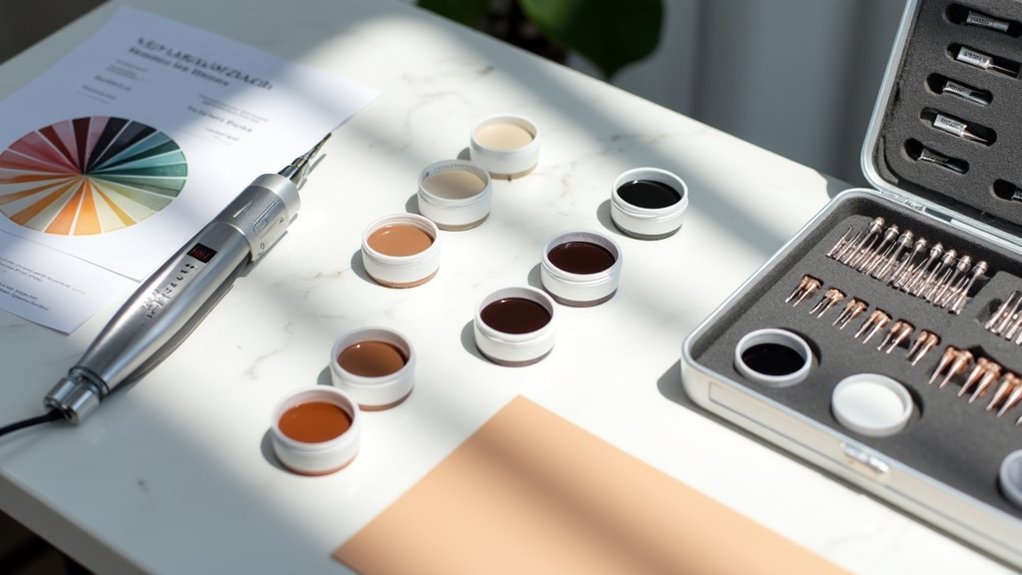
As the beauty industry continues to evolve, permanent makeup courses have emerged as gateways to lucrative careers for aspiring artists. These programs offer extensive training in techniques that last far longer than traditional makeup. No more daily routines. Just wake up looking fabulous.
The course advantages extend beyond just technical skills, with most programs covering everything from skin anatomy to color theory. Students learn proper hygiene protocols too—because nobody wants an infection where their eyebrows should be. Most comprehensive programs feature instruction in color selection and advanced application techniques for optimal results. Finding accredited programs is essential to ensure you receive legitimate training that meets industry standards.
Beyond technical training, permanent makeup courses deliver crucial knowledge in anatomy, color theory, and hygiene—because infections make terrible eyebrows.
Career prospects in permanent makeup are surprisingly robust. With average annual salaries hitting nearly $61,000 and top earners pocketing $80,000+, it's no wonder people are rushing to sign up. The field is growing at 13% through 2026, faster than many traditional careers. Plus, 60% of artists work for themselves. No boss breathing down your neck? Priceless.
The financial investment isn't small. Courses typically cost between $4,000 and $6,000. Then there's equipment, starter kits, and ongoing supplies. Expensive? Yes. But considering artists charge $300 to $800 per procedure, the math works out. Most graduates see a return on investment within 6-12 months. Not bad for a career you can actually enjoy.
Time commitment varies widely. Basic courses run just 3-7 days, while advanced training might take 1-2 weeks. But that's just the classroom part. Experts recommend 100+ hours of practice before working on actual humans. Some apprenticeships last up to a year. Rome wasn't built in a day, and neither is a permanent makeup career.
The certification landscape is a bit of a mess. There's no universal standard in the US, and regulations vary by state. Most require bloodborne pathogens certification at minimum. Insurance is also essential—unless you enjoy financial ruin via lawsuit.
Today's industry trends show microblading popularity up 40% from last year, with lip blushing demand increasing by 50%. Scalp micropigmentation is booming too, helping those with hair loss. The focus has shifted toward natural-looking results rather than the drawn-on look of yesteryear.
For those willing to invest the time and money, permanent makeup courses offer a path to an artistic, flexible career with solid earning potential. Choosing between traditional permanent makeup schools and online training options depends largely on your learning style and whether you value hands-on experience with real clients under professional supervision. No college degree required. Just steady hands and an eye for detail.
Frequently Asked Questions
How Long Does It Take to Become Proficient in Permanent Makeup?
Becoming proficient in permanent makeup isn't quick.
Basic competency requires 25-50 procedures, taking 3-6 months of consistent practice techniques.
Real mastery? That's years.
Skill assessment shows most artists need 100-200 procedures for professional-level work.
Some people grasp it faster—artistic talent helps. Obviously.
The learning curve varies wildly.
Prior beauty experience speeds things up.
Bottom line: expect 1-2 years to develop advanced techniques and consistency.
No shortcuts here.
What Equipment Do I Need to Start My Permanent Makeup Business?
Starting a permanent makeup business requires quite the shopping list.
Essential tools include a PMU machine ($300-1000), various needle cartridges, and quality pigments ($20-50 each).
Don't skimp on safety equipment – gloves, masks, and proper sterilization gear aren't optional.
You'll need a treatment chair, good lighting, and magnification.
Oh, and business insurance? Non-negotiable at $500-1000 annually.
The basics add up fast. Not exactly pocket change, is it?
Are There Age Restrictions for Taking Permanent Makeup Courses?
Age requirements for permanent makeup courses are pretty straightforward.
Most programs require students to be at least 18 years old. Period. Some places might accept 17-year-olds with mom or dad's signature, but that's pushing it.
No upper age limits though! Course eligibility doesn't discriminate against seniors – as long as your eyes work and your hands don't shake like you've had ten espressos.
Physical demands matter regardless of your birth year.
How Much Can I Earn as a Permanent Makeup Artist?
Permanent makeup artists earn a decent living. Really decent. The salary potential ranges from $50,000 to $80,000 annually for full-timers, with top performers raking in up to $190,000. Not bad at all.
Industry demand keeps growing, with 87% of artists being self-employed. Daily earnings can hit $1,400 with just three treatments. Location matters though. California artists average $52,122-$66,089 yearly.
Advanced procedures? Those command over $100/hour. The hustle pays off.
Can I Take Permanent Makeup Courses Online?
Yes, online training for permanent makeup is widely available. Many legit certification programs offer extensive courses covering everything from microblading to lip blushing.
They're convenient. Learn at your own pace, pajamas optional. The catch? You'll still need hands-on practice. State regulations might require in-person hours too. Equipment costs extra.
The self-motivated thrive here; procrastinators struggle. Virtual mentorship helps, but nothing beats real-world experience. Welcome to beauty school, digital edition.
